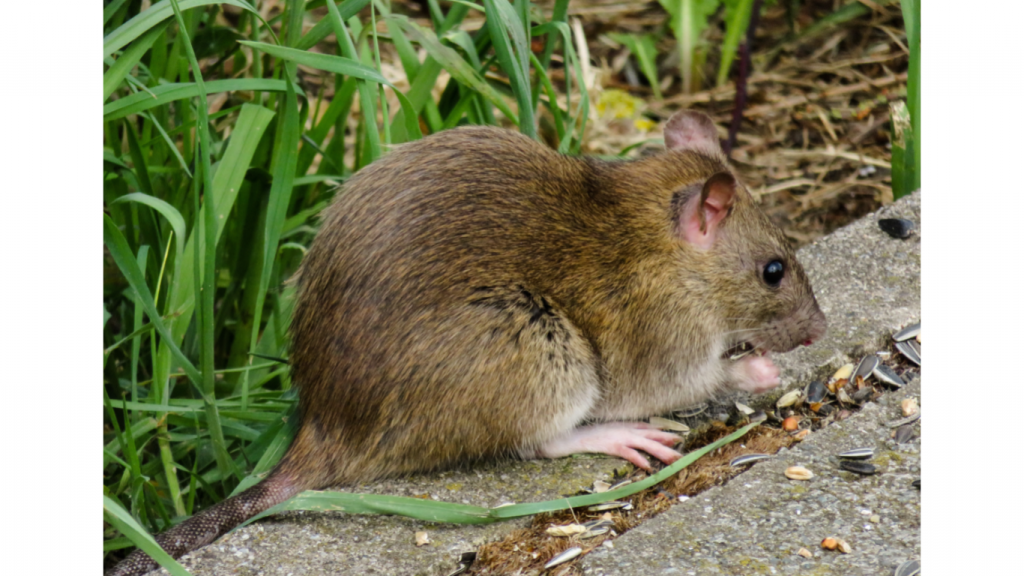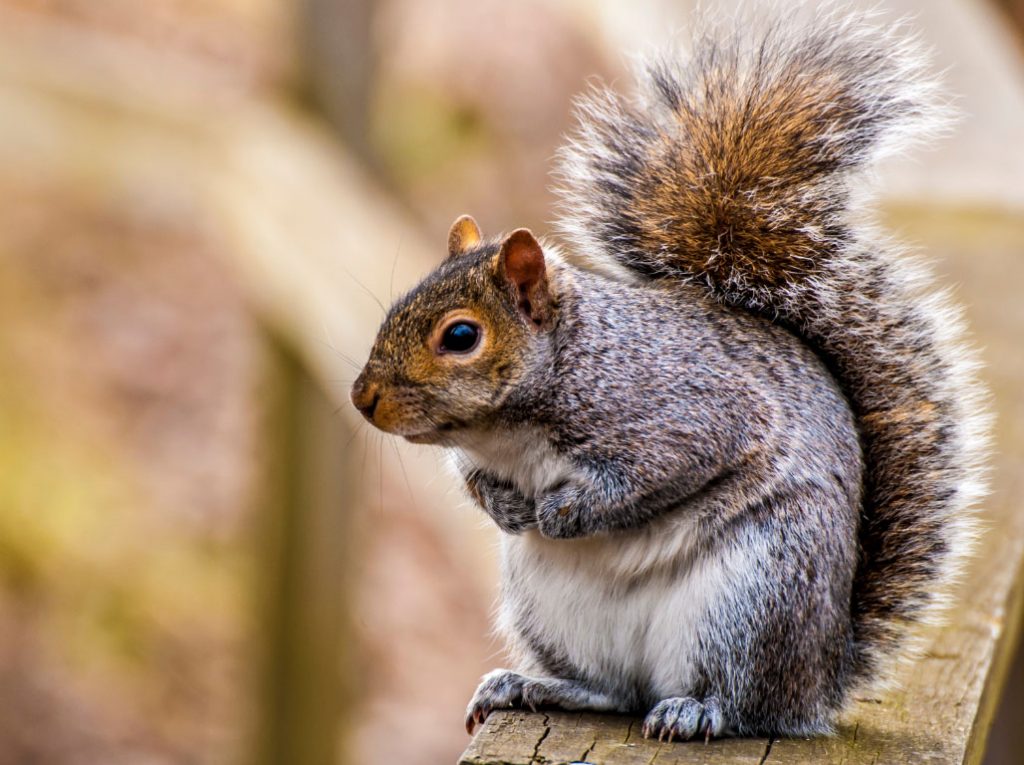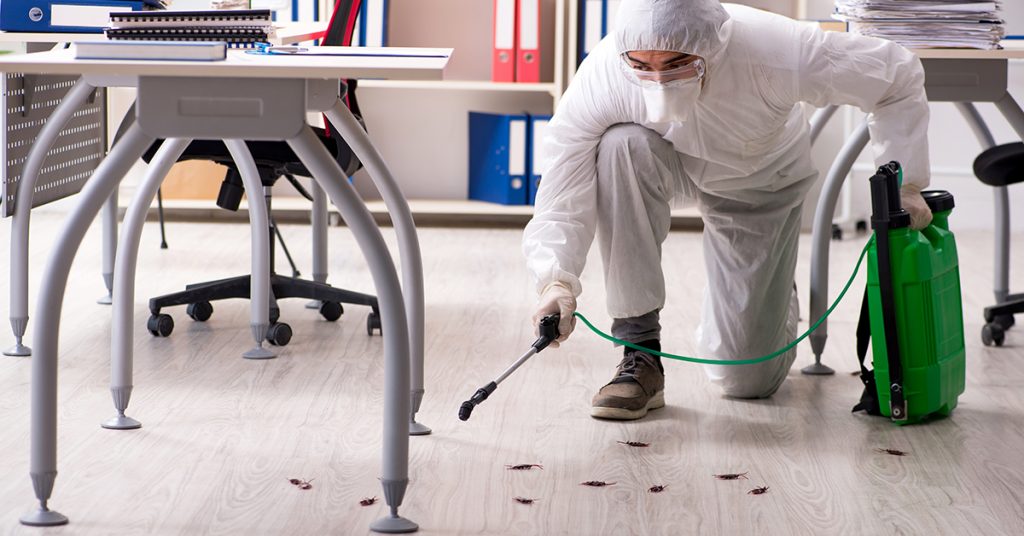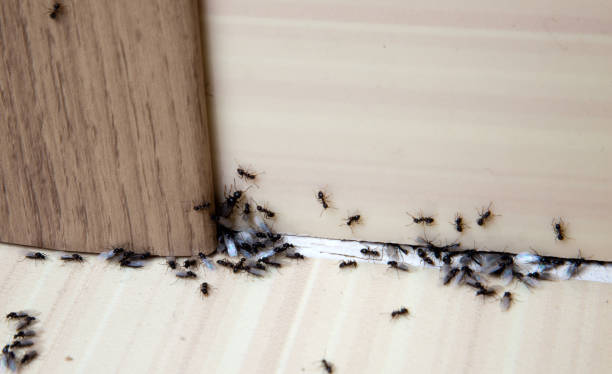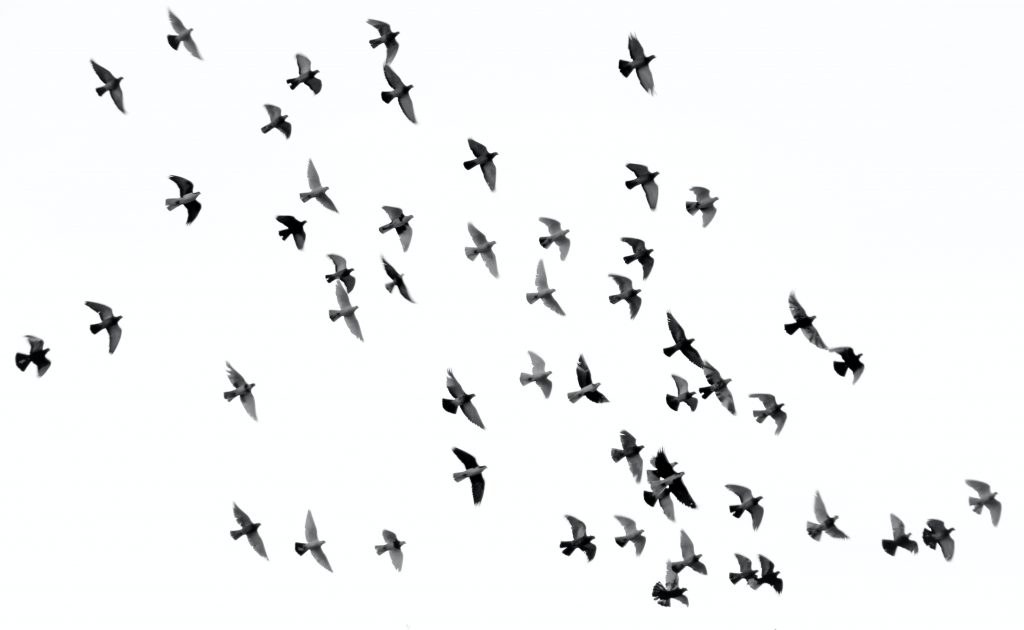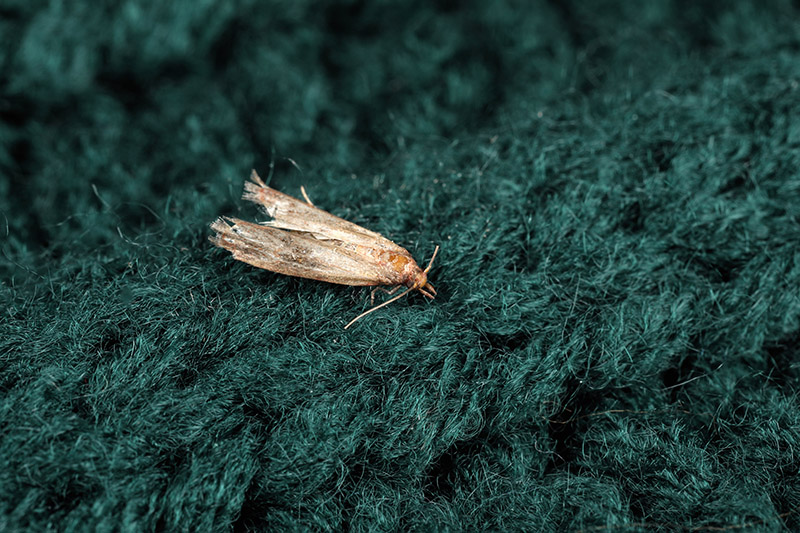Are my children safe with the use of pesticides being used in the home?!
Are my children safe with the use of pesticides being used in the home? Request Quote here Pesticides in the home A phrase that we hear at least 10 times a day is, ‘I have small children, are they safe against the treatments you are performing in my home?’ It is a valid and reasonable question that any caring parent should ask. In simple terms, YES. If the treatment is carried out by a trained professional then you, your children and your pets are perfectly safe. And in fact, in our industry of pest control, it is more likely to be the pest and it’s debris that will pose more risk to peoples health than the pesticides being used. How can we take your word for it? Good question! We will try and elaborate to make our statement more plausible. For decades, some of the worlds leading scientists have worked closely with agriculture to better sustain our crops and ensure safe standards are met for human consumption and the wildlife. On average a pesticide will take between 9-12 years to be produced, tested and brought to the market. In that time around £250-£300 million pounds would have been spent on this one single product. And they are not produced in someones shed at the end of the garden. These products are created in some of the most advanced secure testing facility across the world. Take syngenta, a company who spend on average £2.5 billion a year on research and development and have secure sites across the globe, one of which is in the UK with mind blowing facilities. Are PestGone employees fully trained? Yes! All of our technicians hold the industry recognised RSPH Level 2 qualification in pest management and have many years of experience. We also operate on certain sensitive sites across London and therefore everyone in the team has been DBS (Old CRB) or Counter Terror check vetted. All of our technicians will regularly attend training courses to improve standards across our industry as well. Life Uninterrupted Humans are creatures of routine and the last thing we really want is that routine to be disturbed, especially in the one spot we feel most safe, our homes! Having a pest infestation invading our safe space is worrying and not only that, can pose health risks. We will always, where possible treat every situation with the utmost care and discreetness whilst being mindful of all pets and crawling rug rats (children). Any concerns that you still have please don’t hesitate to call our office and speak to one of our technical managers who will be able to put any worries you may have to bed. Request Quote here
Are my children safe with the use of pesticides being used in the home?! Read More »

